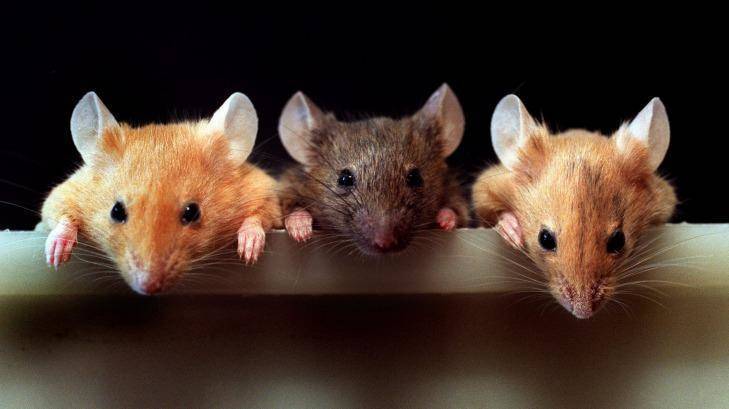Scientists have proven the ability of mice to think about specific things in certain locations. This was the most challenging part of the experiment. American scientists from the Howard Hughes Medical Institute showed that "mice have spatial imagination and can visualize themselves moving within a familiar space or manipulating objects there." To understand this, researchers developed a special interface between the brain and a computer that allowed them to study hippocampal activity in mice. The study results were published in the scientific journal Science.
Researchers believe that "an individual’s mental maps are encoded in the hippocampus, the part of the brain responsible for memory. When we move, cells in that area operate based on specific patterns and depend on our location. When we revisit these places later (or think about visiting), the same hippocampal signatures are activated. Mice also encode spatial information in the hippocampus."
The most difficult part of the experiment was "making the mice think about specific objects. Scientists overcame this challenge by developing a brain-computer interface that rewards mice for navigating virtually. A team of scientists first created a small virtual environment displayed on a screen surrounding a walkway. If the animals moved toward certain virtual objects, they received a reward. While moving, the team recorded brain activity in the mice's hippocampi."
Afterward, "the treadmill was turned off, but the mice could still see the virtual space. Electrodes connected to the mice's brains were linked to a computer, and by reproducing the brain activity, the animals were able to move in virtual reality while receiving real rewards. Not all mice understood what to do, but some successfully completed the task, navigating a mental path to obtain a tasty treat."




